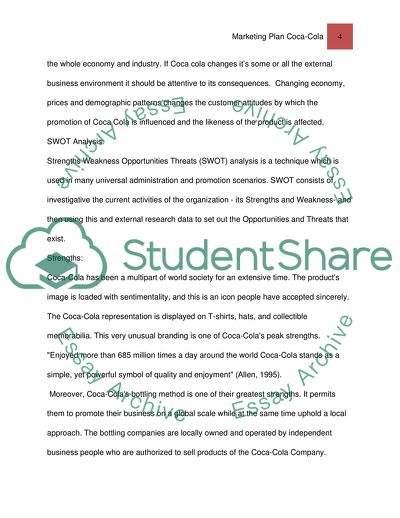Cite this document
(Marketing Plan of Coca-Cola Case Study Example | Topics and Well Written Essays - 2250 words, n.d.)
Marketing Plan of Coca-Cola Case Study Example | Topics and Well Written Essays - 2250 words. https://studentshare.org/marketing/1723115-business-and-economics
Marketing Plan of Coca-Cola Case Study Example | Topics and Well Written Essays - 2250 words. https://studentshare.org/marketing/1723115-business-and-economics
(Marketing Plan of Coca-Cola Case Study Example | Topics and Well Written Essays - 2250 Words)
Marketing Plan of Coca-Cola Case Study Example | Topics and Well Written Essays - 2250 Words. https://studentshare.org/marketing/1723115-business-and-economics.
Marketing Plan of Coca-Cola Case Study Example | Topics and Well Written Essays - 2250 Words. https://studentshare.org/marketing/1723115-business-and-economics.
“Marketing Plan of Coca-Cola Case Study Example | Topics and Well Written Essays - 2250 Words”. https://studentshare.org/marketing/1723115-business-and-economics.


